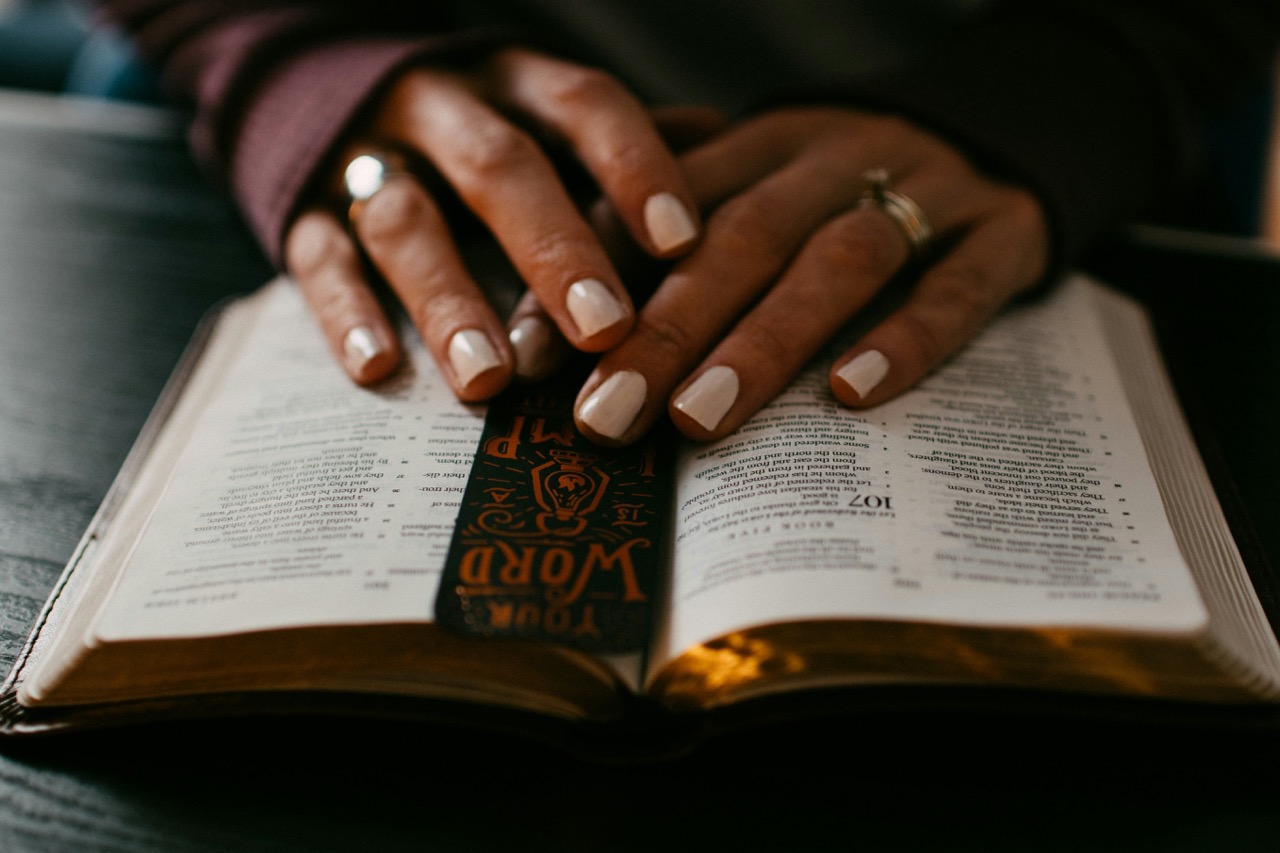The Importance Of Symbolism At Christian Art Workshop

In the realm of Christian art, symbolism serves as a profound medium through which artists convey deep spiritual truths and narratives. Workshops dedicated to exploring these artistic expressions offer participants an opportunity to delve into the intricate layers of meaning behind various symbols. Understanding the importance of symbolism not only enriches the artistic process but also deepens the connection between faith and creativity. This article will explore the role of symbolism in Christian art creation and unveil the spiritual meanings embedded within these artistic expressions.
Exploring Symbolism’s Role in Christian Art Creation
Symbolism has always been at the heart of Christian art, acting as a bridge between the divine and the earthly. At Christian art workshops, artists are encouraged to engage with traditional symbols, such as the cross, the dove, and the fish, that have been used for centuries to convey messages of faith, hope, and redemption. These symbols are not merely decorative; they carry significant theological weight, allowing viewers to access deeper spiritual truths. By understanding the historical and cultural contexts of these symbols, workshop participants can create works that resonate more profoundly with their audiences.
In a workshop setting, artists learn to incorporate symbolism meaningfully into their pieces. As they explore various materials and techniques, they also consider how to effectively channel their beliefs and experiences through their art. This process fosters a sense of intentionality, where every brushstroke and color choice is imbued with purpose. The collaborative environment encourages dialogue among participants, facilitating the exchange of ideas that can lead to fresh interpretations of traditional symbols. This exploration of symbolism ultimately enhances the overall quality of the artwork produced during the workshop.
Moreover, the emphasis on symbolism in Christian art workshops serves as a form of spiritual practice. Creating art becomes a way for participants to meditate on their faith and express their relationship with the divine. As artists grapple with the meanings behind symbols, they often find that their work reflects their own spiritual journeys. Workshops provide a space not only for technical skill development but also for personal and communal reflection on faith, making the act of creating art a deeply enriching experience.
Unveiling Spiritual Meanings in Artistic Expressions
Christian art is rich with layers of meaning, much of which is conveyed through symbolism. The workshop setting allows participants to dissect these layers and uncover the spiritual connotations behind various artistic choices. For instance, colors often have specific meanings; blue can signify heaven and divine grace, while red may represent the blood of Christ. By understanding these associations, artists can infuse their work with intentionality, guiding viewers toward a deeper understanding of the faith narrative being depicted.
In addition to traditional symbols, contemporary Christian artists often innovate by creating new symbols that reflect modern spiritual experiences. Workshops encourage this creative exploration, allowing participants to experiment with personal symbols that resonate with their own faith journeys. This freedom to innovate fosters a dynamic dialogue between tradition and contemporary artistry, providing fresh insights into how faith can be expressed through visual media.
Furthermore, discussing symbolism in a workshop context cultivates a community of faith-filled artists who can support and inspire one another. By sharing their interpretations and the spiritual meanings behind their art, participants create an environment of mutual growth. This collaborative spirit not only enhances the quality of individual works but also contributes to a broader understanding of how art can speak to the complexities of faith in today’s world.
The importance of symbolism in Christian art workshops cannot be overstated. It enables artists to create pieces that are not only visually appealing but also rich in spiritual significance. By exploring the depths of symbolism, participants enhance their artistic skills and foster deeper connections to their faith. As they navigate the intricate relationship between art and spirituality, they contribute to a vibrant tradition that continues to evolve, inspiring both creators and viewers alike. Through this exploration, Christian art remains a powerful vehicle for conveying timeless truths, touching hearts, and enriching lives.




